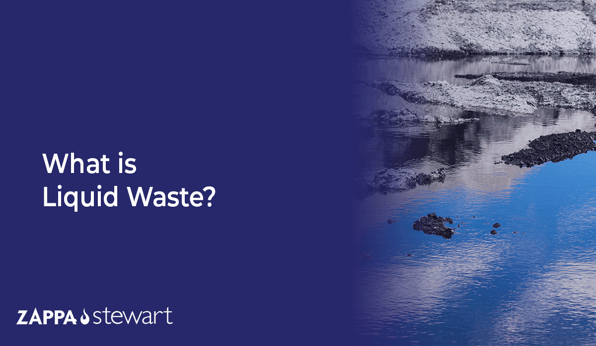
One of the core applications for superabsorbent polymers (SAPs) is liquid waste solidification. SAPs are utilized by waste management professionals to prevent potentially harmful fluids from entering waterways, groundwater aquifers, and other sensitive environments.
Because liquids can rapidly transport contaminants into environmental receptors and potentially contribute to geotechnical failures, liquid wastes are almost always prohibited from disposal in landfills.
What is Liquid Waste? Wastewater Disposal Byproducts
At this point, you may be wondering: what is liquid waste? Liquid waste is any waste material that contains free liquids, as determined by the EPA Method 9095B. Basically, free liquids are liquids that separate from the solid portion of waste material.
Liquid waste can include the following:
- HDD mud and cuttings
- Landfill leachate
- Wastewater treatment sludge & biosolids
- Dredged sediments
- Oil and gas drill cuttings
- Settling pond muck
- Hydro Excavation slurry
- Coal combustion residuals/ash
- Tank bottom sludge
- Concrete grinding/polishing slurry
Related Article: Wastewater Treatment Becomes Dry in Minutes
Liquid Waste on a Job Site
For a practical example of free liquids separating from waste material, consider the following scenario:
A waste management contractor loads a dump truck with sludge from a wastewater treatment plant’s aeration basin, during a routine maintenance event. The sludge appears to be sufficiently dry and is easily excavated and hauled off-site for disposal at a landfill, in a standard dump truck.
However, when the driver arrives at the landfill, he notices water leaching from the sludge and pouring from the dump truck. The load was rejected by the landfill and the driver was forced to dispose of the waste as a liquid waste at a special facility, which increased the disposal fees tremendously.
The increased disposal fees were passed along to the site owner, who made the decision to solidify sludge prior to sending the material off-site for disposal, to ensure no extra charges in the future.
Related Article: Coal Ash Drying Liquid Sludge
Solving the Liquid Waste Problem
Liquid waste can inflict serious damage on vital environmental resources, such as surface water, drinking water aquifers, wetlands, and agricultural fields. Liquid waste can also directly impact human health and quality of life. Therefore, it is important for liquid waste generators to always have a plan in place for proper transportation and disposal.
To read more about liquid waste, how to evaluate liquid waste, and how to manage liquid waste, please read more of our Zappa-Stewart blogs here.
For more information and to learn more about our superabsorbent polymer solidification technology please contact Whit Rawls at wrawls@chasecorp.com






